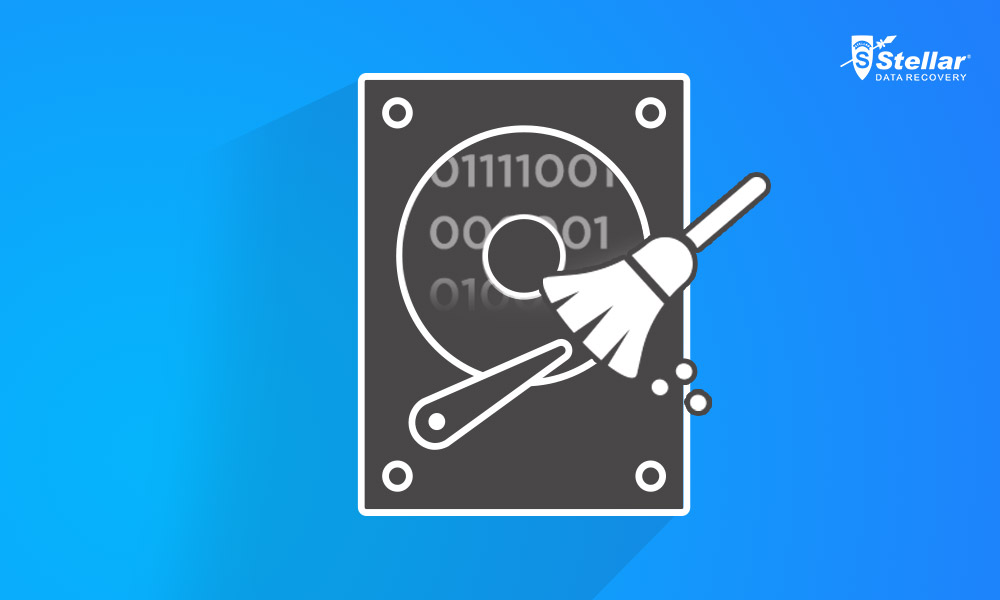If you're trying to delete data to sell or donate the drive, Secure Erase wipes all the data from an SSD but it does not reformat the drive or permanently erase data. To permanently erase the data on the SSD so that it is unrecoverable, go to the manufacturer's website to download software. Secure, standalone drive erasing for up to four 2.5-inch and 3.5-inch SATA SSD/HDD drives; Nine erase modes including: Quick and Secure Erase, Single Pass Overwrite, and Multi-pass Overwrites. Technique to Erase Data on SSD Permanently. SSD is similar to internal hard drive used by many people to store back up of important data as it has some outstanding features like reliability, faster transfer of data, increased storage capacity, portability, etc. But sometimes you may come across a situation where deletion of files from SSD becomes essential.

- Only after wiping the data permanently, you personal information will not be get by others. You may think deleting the files or formatting the SSD will remove the data permanently. However, if you only deleted or quick format an SSD, it will not wipe the data permanently. After a quick format or you delete some files, the data is still on the.
- You can securely erase (or wipe) a hard drive's data by writing ones and zeros over it (I'll get to SSDs below). There are three approaches to the job: You can wipe the entire drive or partition.
In the last series consisting of two articles 'How Data Recovery Works' and 'How Carving Works', we looked at how Windows deletes files and how information is left on the hard drive and not automatically erased or overwritten. Well, this is not always the case with SSD drives. In this article we'll see why.
Principles of Solid-State Storage
Solid-state storage works in a very different manner compared to HDD drives. Information is stored in NAND flash cells. Without going much technical, it is important to know two things. First, one can only write to an empty flash cell. If a flash cell contains non-zero data, it must be first erased before any other data can be stored in it. Second, solid-state storage is much faster to write information into empty flash cells than to erase (initialize, fill with zeroes) those cells.
These two things mean that filling up your brand-new SSD drive with data for the very first time is blazing fast. However, if you delete some files and start writing again, the speed will drop 3 to 10 times compared to a fresh SSD. Apparently, users would not be too happy about this drop in performance, and so SSD manufacturers invented a smart trick: they re-initialize (erase) ‘dirty' cells (flash units that have data that no longer belongs to any given file) in background, before any new data is written on the disk. This allows returning the SSD drive to as-new performance soon after the file is erased.
How does the SSD drive know that a certain flash cell now contains information that no longer belongs to a file? Disk not mounting. For that, the developers implemented a now standard command called TRIM. The TRIM command is issued by the operating system at the time a file is deleted, or if the user formats the disk, or if the user deletes a disk partition, or if disk space gets released in some other way. It is important to know that TRIM by itself does not erase any data; this command is merely an advisory measure telling the SSD controller that this and that flash cells are no longer used and can be erased.
Ssd Erase Free
What happens next? The SSD controller takes those flash cells and erases their content, re-initializing them to prepare for new write operations. The SSD drive is ready to accept new data, write speeds are at their max. Your data is gone. Quake champions charts.
How To Erase Ssd Completely
Is that the end? Not really. Read our other article on when and how your data can be recovered from SSD drives!

